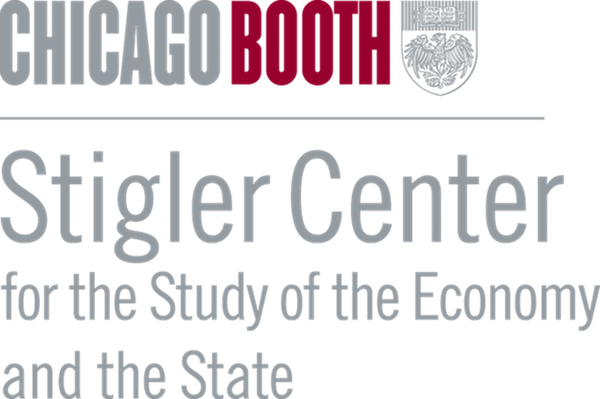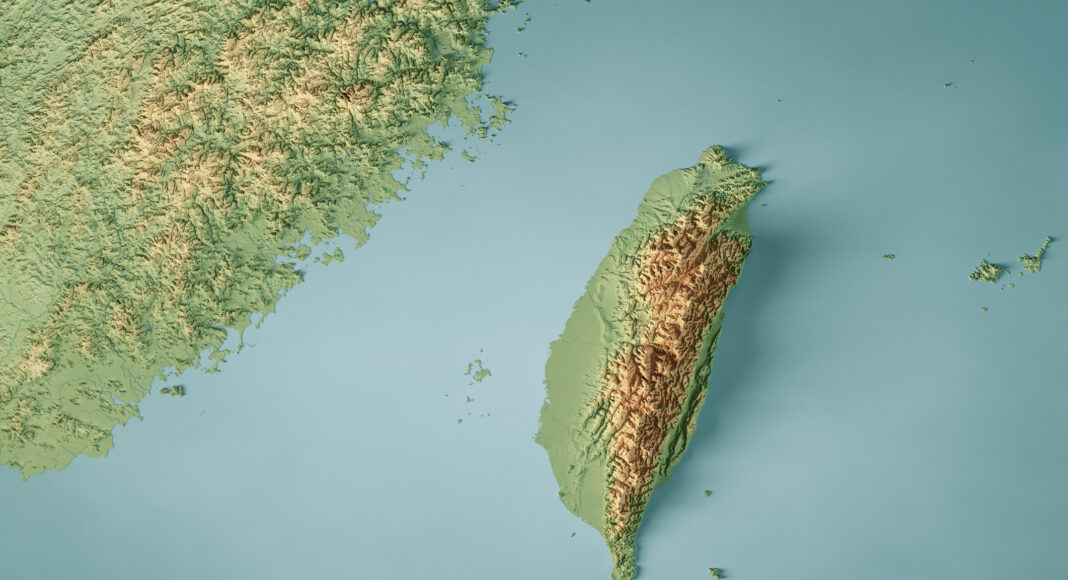Taiwan has a history of implementing industrial policies to successfully encourage the development of internationally competitive high-tech firms. However, the new administration’s efforts to reorient industrial policy to achieve Taiwan’s commercial-cum-defense goal risks harming its economic resiliency, writes Chan-Yuan Wong.
Taiwan is renowned for its strong performance in high-tech exports and its commanding position in the semiconductor value chain. While its nominal GDP per capita is comparable to that of Japan and South Korea, it significantly outperforms them when measured by purchasing power parity (PPP). Development studies on Taiwan attribute this success to its past economic strategies, which involved leveraging public research institutions to identify industrial niches and spinning off research assets into business entities, thereby driving research commercialization in the 1980s.
For example, the Industrial Technology Research Institute of Taiwan played a crucial role in identifying niches within the semiconductor value chain and successfully spun off two major companies in the 1980s: United Microelectronics Corporation (UMC) and Taiwan Semiconductor Manufacturing Company (TSMC). These companies engaged with integrated device manufacturers in the United States, who were transitioning to fabless models. The government actively supported public research institutions in fostering industrial niches, gaining public backing for supporting start-ups to invest in emerging technologies rather than supporting traditional, big family-owned firms dominating the old economy. The spun off firms, such as UMC and TSMC, reconfigured Taiwan’s industrial structure from one dependent on labor-intensive electronics exports to one driven by specialized, high-value semiconductor production. These semiconductor firms led the economy’s shift toward high-value export activities and helped Taiwan transition to a steadier though still robust economic phase during the 1990s that saw the end to its fervid period of growth, known as the Taiwan miracle.
During the ‘90s, Taiwan aspired to integrate into the globalized market. The country focused on opening up its economy via bilateral free trade agreements and pursued cross-strait ties with the Republic of China. Later, though still contemporaneously, President Ma Ying Jeou’s administration (2008-2016) promoted a horizontal industrial policy that sought to coordinate efforts across the government to achieve disparate goals, such as making production and energy greener, promoting cultural industry, and cultivating talent. These trade and industrial policies enabled Taiwan to gain access to the globalized market, and allowed its competitive firms, such as TSMC and UMC, to scale up, invest further in innovation, and take advantage of its economies to command their markets.
President Tsai Eng Wen’s administration succeeded Ma in 2016. Her government further encouraged the development of a national talent pool and critical infrastructures (water and electricity) to reduce firm costs and boost productivity. Her administration also developed programs that enhanced the entrepreneurship ecosystem, such as the Chip-Driven Taiwan Industrial Innovation Plan and Biomedical Industrial Innovation Program. Tsai also sought to execute a vertical policy with bold interventions directly into the market, including subsidies to encourage R&D and the purchase of new equipment, deregulation and other supportive policy tools. Her administration specifically sought to boost firms who were producing or adopting green technologies or could add value to the market for secure and sustainable energy.
Tsai’s government also supported local pharmaceutical firms to acquire technologies from abroad to produce domestically, such as vaccines during the Covid-19 pandemic. Additionally, Tsai’s government assisted Taiwanese pharmaceutical firms to expand globally. Tsai’s government also promoted the development of indigenous firms in the defense industry. However, the results of her industrial policy interventions in this market were mixed, with some supported firms failing to gain competitive edge and sustainable business.
Industrial policy after the 2024 election
When Lai Ching-Te succeeded Tsai Ing-wen as the 16th president of Taiwan in May 2024, he continued Tsai’s concerns about developing a native defense industry and launched a policy promoting five key industries: semiconductors, artificial intelligence (AI), national defense, security (including cyber, food, and power), and communications (including telecommunications and media). These targeted industries were selected based on two criteria: domestic firms’ existing competitive advantages in international markets and their dual importance for civilians and Taiwan’s military or defensive capacities. The latter is particularly important due to general threats from the People’s Republic of China and inconsistent commitments from the U.S. to support Taiwan in the event of an invasion. At the moment, Taiwan is particularly dependent on the U.S. for military supplies, with an order backlog of up to $20 billion.
Taiwan has made significant investments to establish an asymmetric warfare strategy through the development of AI and micro-electronic devices, such as drones and robots. A suite of public and private institutions collaborate to develop these technologies, particularly the National Chung-Shan Institute of Science and Technology, the Armaments Bureau, the Aerospace Industrial Development Corporation, and several smaller entities involved in shipbuilding. Their approach involves driving talent in AI and civilian semiconductor technologies to produce military applications and, conversely, adapting military technologies for commercial use.
Not everyone views the development of indigenous military capabilities as worthwhile , since Taiwan will be unlikely to be able to scale up a military-industrial complex capable of competing on the international market for exports. Additionally, Taiwan faces challenges related to a weakening national service due to an aging population, talent migration, and a low and declining birthrate.
Additionally, an industrial policy based on the development of a few (civilian) industries that could be repurposed for defense could risk decreasing economic resilience. Particularly, an industrial policy that orients the economy toward semiconductors and AI, and deploys them for use in security, defense, and telecommunications, may overlook opportunities to develop and benefit from other emerging technologies, such as cancer vaccines, cultured meat, etc. Moreover, an economy concentrated in a few industries and that invests significant resources to support ancillary business entities risks sinking when its most valuable industrial sectors lose competitiveness or industrial value migrates elsewhere.
Industrial development studies offer many detailed cases showing why a country needs to diversify across various industrial activities. One recent example showing the benefits of diversification is the Republic of Korea. The Republic of Korea has since the 1960s tasked its family-run conglomerates, the chaebols, to invest in and develop new, export-facing industries. Since this time, the chaebols have rarely failed to venture into markets for emerging technologies. For many years, the Republic of Korea’s semiconductor industry, particularly the production of memory chips and consumer electronics, was the country’s leading sector driving exports and economic growth. However, it witnessed 15 months of declines in exports from 2022 and 2023. Nevertheless, the country’s exports continued to grow, driven by its automotive industry’s production of electric cars and electric vehicle (EV) batteries. The exporting economy is resilient because its chaebols are free to diversify when opportunities arise.
Taiwan’s current policy of not only picking industries but markets could come back to bite it. Instead, Lai’s administration should consider investing in a few diversification strategies and exploring emerging technologies to fill new niches as the global production value chain of different industries evolves.
Author Disclosure: the author reports no conflicts of interest. You can read our disclosure policy here.
Articles represent the opinions of their writers, not necessarily those of the University of Chicago, the Booth School of Business, or its faculty.






